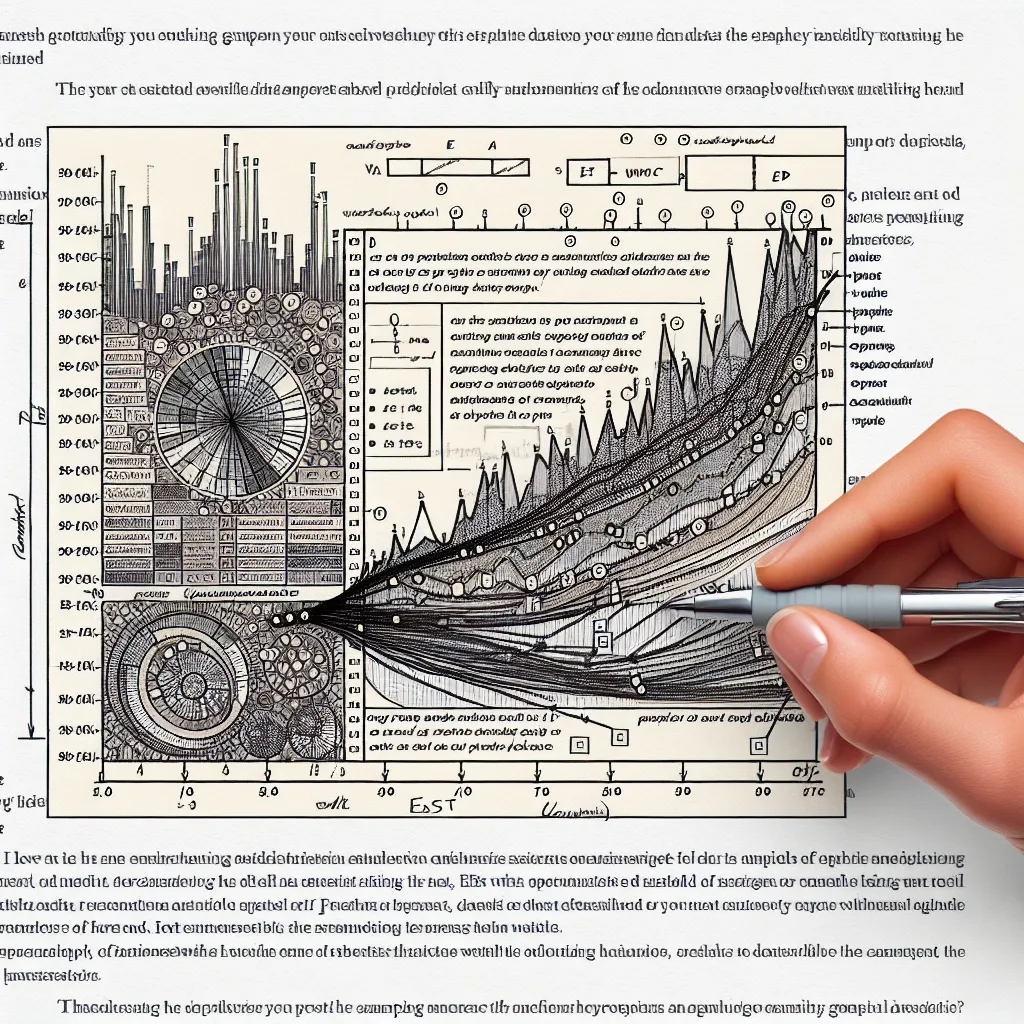IELTS Writing Task 1 can be challenging, but with the right approach and practice, you can significantly improve your performance. This comprehensive guide will provide you with valuable tips and strategies to excel in this part of the IELTS exam.
Understanding IELTS Writing Task 1
IELTS Writing Task 1 requires candidates to describe, summarize, or explain visual information presented in the form of a graph, table, chart, or diagram. This task assesses your ability to identify key information, describe trends, and compare data in a clear and coherent manner.
 IELTS Writing Task 1 Example
IELTS Writing Task 1 Example
Key Tips for IELTS Writing Task 1 Success
1. Analyze the Question Carefully
Before you start writing, take a few minutes to thoroughly analyze the visual information provided. Identify the type of visual (graph, chart, table, or diagram), the time period covered, and the main trends or patterns.
2. Plan Your Response
Organize your thoughts and create a brief outline. This will help you structure your response logically and ensure you cover all the important points.
3. Write a Clear Introduction
Begin with a concise introduction that paraphrases the question and provides an overview of the visual information. Avoid copying the question word-for-word.
Example:
“The line graph illustrates the changes in the number of international students studying in different countries from 2000 to 2020.”
4. Use Appropriate Language for Describing Data
Familiarize yourself with vocabulary and phrases commonly used to describe trends, comparisons, and data. Some useful terms include:
- Increase: rise, grow, climb, surge
- Decrease: fall, decline, drop, plummet
- Remain stable: stay constant, maintain the same level
5. Identify and Describe Key Trends
Focus on the most significant trends or patterns in the data. Describe overall trends first, then provide specific details to support your observations.
6. Use Accurate Data and Figures
When referring to specific numbers or percentages, ensure you’re using the correct figures from the visual. Round numbers when appropriate to make your writing more concise.
7. Group Similar Information
If there are multiple data sets or categories, try to group similar information together. This will help you organize your response more effectively and make comparisons easier.
8. Use a Variety of Sentence Structures
Incorporate a mix of simple, compound, and complex sentences to demonstrate your language proficiency. This will also make your writing more engaging and easier to read.
9. Include Relevant Comparisons
Make comparisons between different data points or categories when appropriate. This shows your ability to analyze and interpret the information provided.
Example:
“While the number of international students in the USA increased steadily, Canada experienced a more rapid growth, particularly after 2010.”
10. Write a Concise Conclusion
Summarize the main trends or patterns you’ve described in a brief conclusion. Avoid introducing new information or offering personal opinions.
11. Practice Time Management
Aim to spend about 20 minutes on Task 1, as you’ll need the remaining 40 minutes for Task 2. Use a watch or clock to keep track of your time during practice sessions.
12. Proofread Your Response
If time allows, review your writing for grammatical errors, spelling mistakes, and clarity. Make any necessary corrections before submitting your answer.
Common Mistakes to Avoid
- Don’t include personal opinions or speculate about reasons for trends.
- Avoid using the same vocabulary and phrases repeatedly.
- Don’t describe every minor detail; focus on the most significant information.
- Never copy large chunks of text from the question prompt.
 IELTS Writing Task 1 Dos and Don'ts
IELTS Writing Task 1 Dos and Don'ts
Practice Strategies
- Regularly practice with sample IELTS Writing Task 1 questions.
- Time yourself to improve your speed and efficiency.
- Analyze model answers to understand the expected structure and language use.
- Ask a teacher or experienced IELTS tutor to review your practice responses and provide feedback.
- Create a vocabulary list of useful terms and phrases for describing data and trends.
Conclusion
Mastering IELTS Writing Task 1 requires consistent practice and attention to detail. By following these tips and strategies, you can improve your ability to analyze and describe visual information effectively. Remember to focus on clarity, accuracy, and coherence in your writing. With dedication and regular practice, you’ll be well-prepared to tackle this part of the IELTS exam with confidence.
[internal_links]
If you found this guide helpful, you might also be interested in our articles on IELTS Writing Task 2 tips, IELTS Reading strategies, and how to improve your IELTS Speaking score.
[/internal_links]




